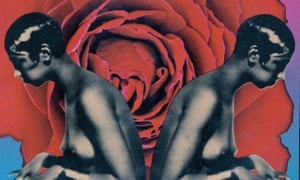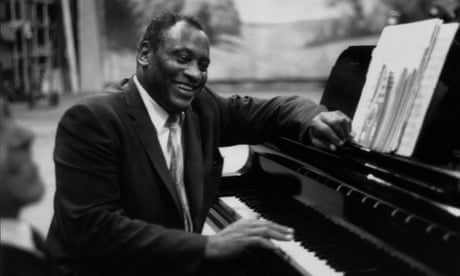John Edgar Wideman's 1990 novel Philadelphia Fire, like Song of Solomon, barely
mentions the word' Africa', indicating a memory which does not readily signify in
language, and whose continuity with language may be interrupted by the trauma of an
unspeakable history. The novel reflects upon the problems of narrating in the context
of a global modernity which relies upon forgetfulness of the past, and positions an
African form of memory as a medium which is better disposed than a linear narrative
form often is, to enable a connection with the past and its forgotten casualties. This
form of memory occurs in the context of what Wideman describes as:
the Great Time of our African ancestors, a nonlinear, atemporal medium in which all
things that ever have been, are, or will be mingle freely, the space that allows us to
bump into relatives long dead or absent friends or children unborn as easily, as
significantly, as we encounter the people in our daily lives. l
The form of memory which Wideman thus positions as 'African', perceives the past
as alive in the present, and allows narrative to be defined by memory, whereas an
American tradition, the novel suggests, would always attempt to make memory
submit to narrative.
The novel moves around the historical event of a fire which burned, on 13 May 1985,
in the middle of a black neighbourhood in West Philadelphia, killing eleven people
and leaving 262 others homeless. The fire was the result of the City of Philadelphia
police's decision to drop a satchel of explosive onto a house in which members of an
organisation called MOVE were living, and was the horrific culmination of a yearslong wrangle between MOVE and the City, in which six adult members of the group
and five of their children died under bombardment of gunfire, water cannon and
explosives. Two people, a woman named Ramona Africa, and a nine-year old boy,
Birdie Africa, escaped the fire alive, and a large part of Wideman's novel is told from
the perspective of protagonist Cudjoe, who has just returned to Philadelphia from selfexile in the Greek islands, motivated by a quest for "the story he crossed an ocean to
find. Story of a fire and a lost boy that brought him home".2
As Cudjoe plans to "writ [ e] a book [ ... ] about the fire. What caused it. Who was responsible. What it means." (19), he interviews Margaret Jones, a character who is described by Wideman as a "former member of my group - the group inside the book who parallels or figures the actual MOVE organization".3 Jones challenges Cudjoe's faith in the
power of narrative to heal or resolve the trauma of memory as she says, bluntly:
"Don't need no book. Anybody wants to know what it means, bring them through
here. Tell them these bombed streets used to be full of people's homes. Tell them
babies' bones mixed up in this ash they smell." (19) When Cudjoe protests, "1 want
to do something about the silence." (19), he reveals himself to be insensitive to the
form of memory which Jones has just made explicit for him - the memory which
exists in everyday life, a present in which the past is felt and known at every moment.
What bothers Cudjoe most of all is the problem of narrating an unspeakable memory,
and he must, through the course of the novel, discover a way of reconciling himself to
this discomfort.
1 John Edgar Wideman, 'Preface', The Homewood Books, (Pittsburgh & London: University of Pittsburgh Press, 1992), p xi.
2 John Edgar Wideman, Philadelphia Fire (London: Picador, 1995 [1]
CONTINUE READING CHAPTER FOUR
http://wrap.warwick.ac.uk/4110/1/WRAP_THESIS_Kamali_2007.pdf
Spectres of the Shore: The Memory of Africa in
Contemporary African-American and Black British
Fiction
by
Leila Francesca Kamali
A thesis submitted in partial fulfilment of the requirements for
the degree of
Doctor of Philosophy
In
English and Comparative Literary Studies
University of Warwick,
Department of English and Comparative Literary Studies
May 2007
http://wrap.warwick.ac.uk/4110/1/WRAP_THESIS_Kamali_2007.pdf
Spectres of the Shore: The Memory of Africa in
Contemporary African-American and Black British
Fiction
by
Leila Francesca Kamali
A thesis submitted in partial fulfilment of the requirements for
the degree of
Doctor of Philosophy
In
English and Comparative Literary Studies
University of Warwick,
Department of English and Comparative Literary Studies
May 2007

